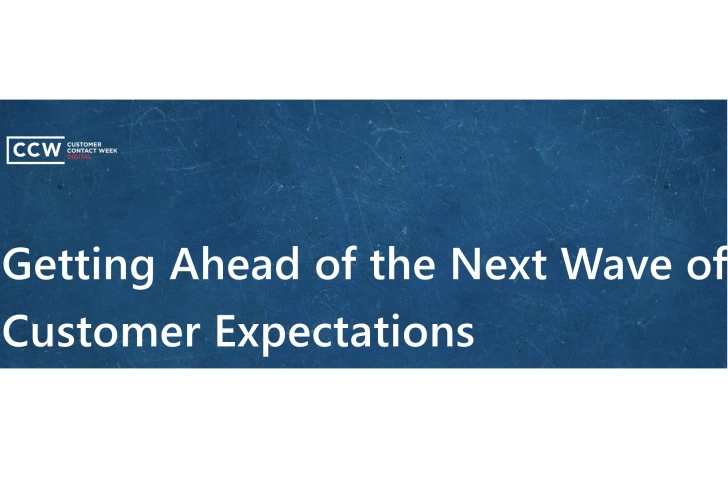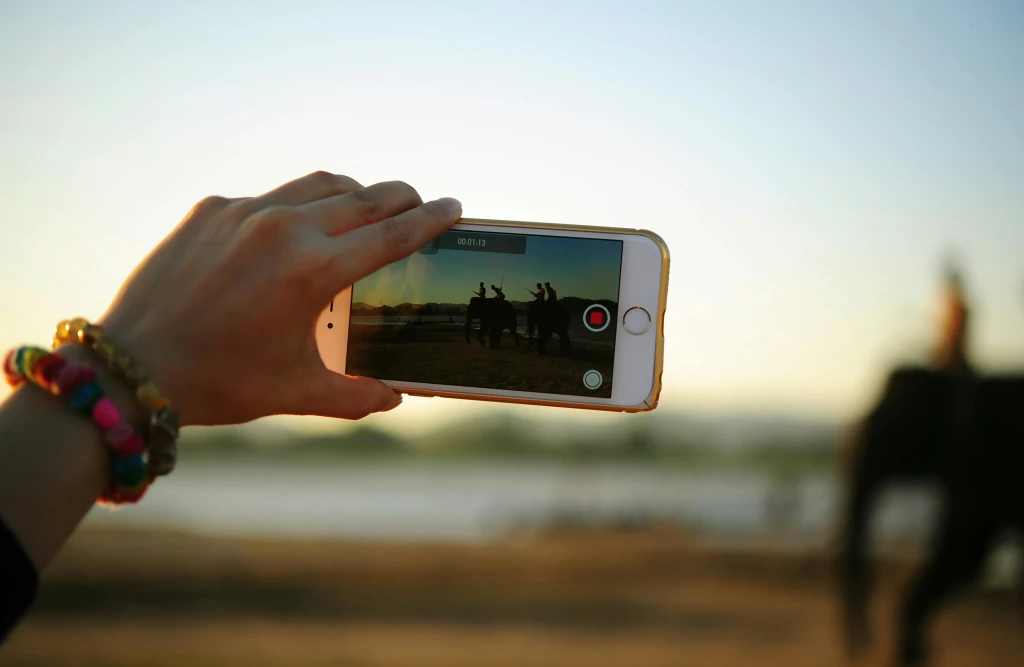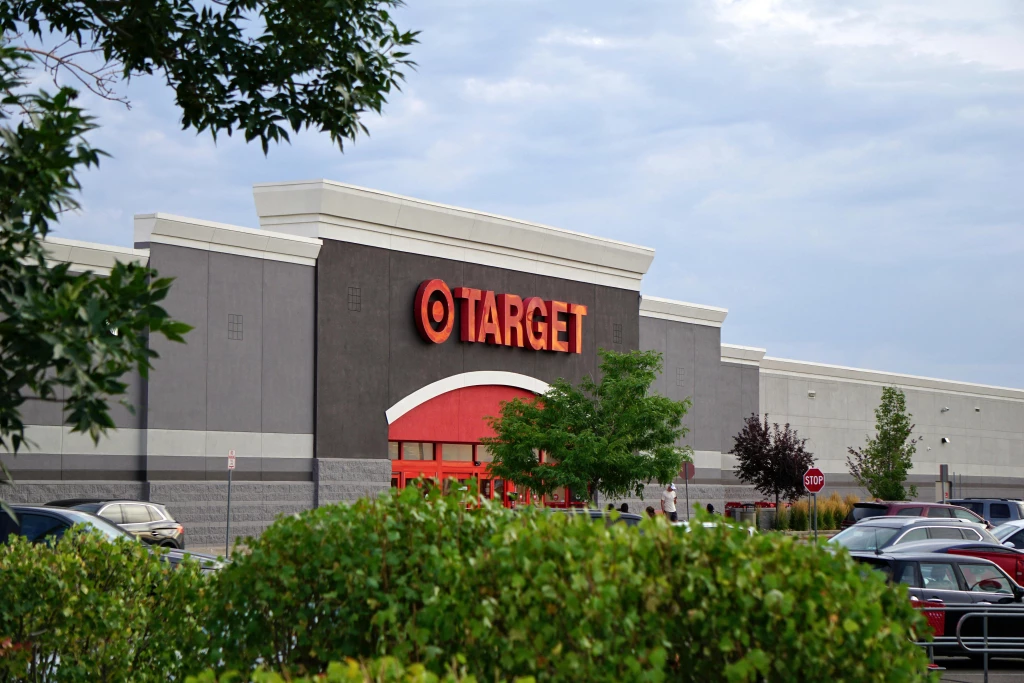‘Barbenheimer’ Puts Movie Theater Subscriptions to the Test
Moviegoing has become a Barbie world of customer experience and a battlefield for creative confrontation.
Add bookmark
One of the most magical things about going to the movies is that a few hours in a theater has the potential to give you everything you need. It’s one of the most artistic acts of customer centricity, dating back to 1888. As the saying goes, “I laughed, I cried, it was better than Cats!” An open heart, an open mind, a sweaty soda cup, and some well-buttered popcorn that stains your comfiest pair of pants can be the perfect recipe for a good time. And if you’re feeling bold, you can even sneak some gummy worms—or glitter and a fedora—into the theater.
This week that’s what everyone’s doing, and it’s fulfilling their need for something more than just a quick watch—at least for the time being.
July 21 marks numerous cinematic milestones never before seen in entertainment history: the only two films films to ever open at over $50-100 million, the highest Warner Bros. advanced ticket sales number on record, the biggest U.S. film opening for a female-directed film, the largest opening weekend for a toy-inspired movie in history, the most monumental opening weekend ever for a biopic, and the world’s highest grossing weekend for an R-rated film, to name just a few.
Instead Of A Box Office Battle, Blondes And Bombs Are An Explosive Match
Respectively, Greta Gerwig’s Barbie and Christopher Nolan’s Oppenheimer have completely smashed personal, industry, and pop culture records in a matter of days. This is due, in large part, to a social phenomenon that nobody saw coming but many moviegoers, lifestyle brands and film executives leaned into: Barbenheimer.
While anticipation for each movie had grown exponentially leading up to the biggest summer blockbuster season since the Coronavirus pandemic, the intrigue that surrounded the opening date for two seemingly incongruent films superseded anybody’s expectations. While some people vowed to stick to Barbie’s world and others opted for the boom-bang explosion of the atomic bomb, there were others who saw the box office as the perfect place to make a movie mash-up for the ages. In fact, the very idea that girly and grim could come together on July 21 spoke to the conflicting emotions society has experienced during COVID, throughout an economic downturn, and amidst one of the longest and most impactful entertainment strikes in history.

Photo via @shityoushouldcareabout on Instagram, by @Alithefern.
“a sea of hype... Love pink? Barbie is for you! You’re smart? Barbie is for you, too... The idea is so antithetical to the I.P.-fixated pack-em-in mentality of the past few years that it’s no wonder anticipation among actual grownups, whether they’re Nolan fans or not, is high.” — Time Magazine
Joint interest and curiosity in both films spans across age, identity, and aesthetic, leading those who would not have watched one film otherwise to coordinate an in-theater double feature for Barbie and Oppenheimer.

Photo via @shityoushouldcareabout on Instagram, by @alex_shepard.
Barbenheimer isn't about Barbie versus Oppennheimer as characters, but rather Barbie and Oppenheimer as co-conspirators in movie magic that extends beyond the confines of a theater. The ideal day includes wearing pink, carrying a trenchcoat, pre-Barbie boozy brunch and post-Oppenheimer martinis, where theater-goers can compare and contrast the two films and debate whether they’re worthy of their 90%+ Rotten Tomato scores.
The concept, led by fans of Gerwig, Nolan, Barbie, history and movies alike, has helped bolster marketing campaigns by fashion retailers, food and beverage brands, the hospitality industry and film houses.
For Movie Theater Customers, The Return To Double Features Is Nostalgic But Needed
The ability to hop from showing to showing was once a hallmark of movie-going in the days before torrenting, streaming, MoviePass and AMC Stubs.
“When I was 13, you could still see a movie for $5, which meant that if you were slick enough and already had a loose enough moral relationship with capitalism… you could see as many movies as you wanted for $5. Typically, that was two movies, more popularly known as: the double feature,” author Joni Walker writes for The Ringer.
“And so, once your initial ticket had been ripped, you were in for a penny ($5), in for a pound (loitering around the bathrooms until your next chosen feature started). You stayed put because The Movies™ were the event—they were the only event for a certain generation of young people looking to watch Bruce Almighty and The Lizzie McGuire Movie on an afternoon when Prime Video was just a twinkle in Jeff Bezos’s eye.
When you were double-featuring, you weren’t getting popcorn. You weren’t playing Ms. Pac-Man. You weren’t even really hanging out with your friends, because you had to choose your double-feature compatriots wisely.”
RELATED: MoviePass Is Back Up And Running, And This Time $10 Might Not Be Enough To Attract Customers
Back in the day, the double feature was an artform that anyone from grade schoolers to grandparents could pull off with enough tact, excitement, and spending savvy. It’s something that customers heading to the movies express longing for in a parasocial film culture that seldom allows a movie theater trip to be just that.
In 2023, not even a small popcorn costs $5 at the movies. Today’s theater experience caters to all the bells and whistles—reclining seats, made-for-movie cocktail specials, meal delivery, scan-to-enter apps, discounted movie days and even bundled subscription plans that can take the twinkle right out of Bezos’ eyes. It appeared as if the double feature had seen its demise as an artform. But in the case of Barbenheimer, it's more intense, more commodified—and more complicated—than ever.
In Some Ways Movies Are More Fantastic In Others It Feels Pathetically Plastic
Leading up to opening day, AMC theaters purposely staggered Barbie and Oppenheimer showtimes across U.S. theaters to accommodate customer demand for a double feature.
Data from its four-tiered subscription service Stubs, which allows members to see up to three movies every week, make free online ticket reservations, and earn perks points towards food, drink and future films, shows that 20,000 program members had already purchased same-day tickets for both Barbie and Oppenheimer in advance.
Ticket sales, membership sign-ups and AMC stocks have soared in accordance, even despite known pushback from customers on subscriptions, platforms and apps in abundance. Ultimately, only time will tell if the pop culture push and Oscar-buzz surrounding these two movies is even to keep the movie mania—and subscription numbers—high for future feature film releases.
Some moviegoers, like Sanjana Ragopal, chose to forgo film subscriptions altogether when it came to sharing the Barbenheimer experience with her mother. “I bought tickets separately for each and saw them, I believe it was probably something like $60 all included,” she tells CCW Digital.
Others, like Paula Katinas, are opting to cut their double feature day down the middle due to high ticket demand. “I just ordered my ticket. I’m going to see Barbie on Saturday,” she explains. “It’s such a cultural moment, I feel like I have to see it. I tried to go this past weekend, but all of the theaters I tried were sold out. I plan to see Oppenheimer too. But I will probably wait another week or two.”
“I saw both films and they were absolutely tremendous. Movies are my first love and this weekend was a stellar reminder of why that is,” film fan Ross Mitchell shares about his Barbenheimer day. “I regret not seeing Oppenheimer first because it's emotionally nerve racking and intense. Barbie would have a tremendous come down entertainment wise.”
In some ways, the Barbenheimer pomp and circumstance has given way to the simplicity Joni Walker describes from her youth. Birthday bashes, friendly reunions, viewing parties, trips down memory lane, dates and family bonding all have their place in the Barbenheimer-verse. For the first time in a long time moviegoing has felt like the nostalgic, communal experience customers are after.
And the trend isn’t just experiential—it’s economic. In terms of a boost to the global economy, so far Barbie and Oppenheimer together have brought in over $511 million in profit from ticket sales, not counting fashion, food, merchandise or concessions. But despite a boom to the film industry that’s much needed after years of pandemic stress, promotions for Barbie and Oppenheimer are poised in a contradictory place for members of the entertainment industry.
While Fans Stand In Line, Film Professionals Assemble A Strike
In May of this year, Writers Guild of America Members (WGA) went on strike, citing poor pay, lack of employee recognition, understaffing, AI in writers’ rooms and competition from online streaming platforms as issues worthy of revising its proposal with the Alliance of Motion Picture and Television Producers.
RELATED: What’s A Writers’ Strike, And How Will It Impact Entertainment CX? What Viewers Can Expect From Their Favorite Shows, Films and Series
In addition to writers, on-screen talent with the Screen Actors Guild–American Federation of Television and Radio Artists (SAG-AFTRA) joined the strike on July 13, effectively putting everyone from set designers to stylists, security and caterers out of work for the foreseeable future. The joint strike is the first time in 60 years that both unions have banded together to support such a cause. This week the strike will reach its 90 day mark and with an estimated $150 million in losses per week to the entertainment sector, industry employees and fans of Barbenheimer are already experiencing its adverse effects sooner than anticipated.
Promotional touring and premiere events for both movies have effectively halted, with Margot Robbie herself onboard with striking over displaying another Barbie-inspired pink carpet look. Actors, including SAG-AFTRA president Fran Drescher, have faced scrutiny for attending public events amidst the strike. Influencers have dropped movie marketing campaigns due to the complications, and dates for scripted series, holiday movies and more have already been pushed back in production or release date. Movie-goers are left wondering if it’s morally just or economically offensive to stream television or watch a double-feature during this time. Now, online debates on whether customers should cancel subscriptions for platforms and services like Netflix, Hulu, AMC Stubs and MoviePass are abound.
While Barnbenheimer has exploded like an atom bomb in the public eye, it’s also opened the Barbie Dreamhouse doors to consumer concerns. Speculation surrounding the quality, cultural impact and customer ratings for Barbie and Oppenheimer have been months-long in the making, but so has mounted pressure for the organizations that provide these experiences to shift their internal operations and minimize their external monopolization of the arts. Leaning into the craze or condemning it as a fad come with comes with its share of risks and rewards, both for company and customer. And the problem, once the sparkly, smokey dust settles, will be how to make everyone happy.






















